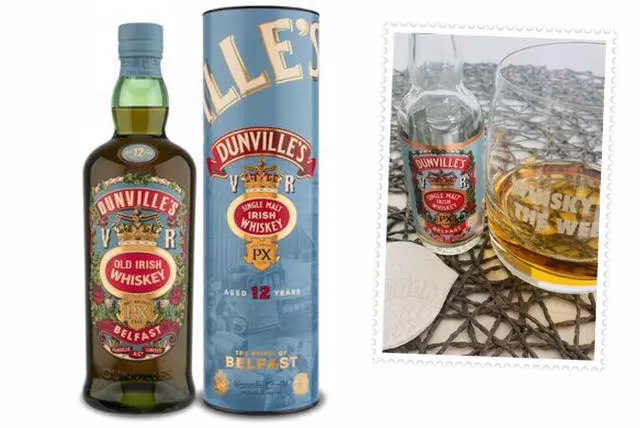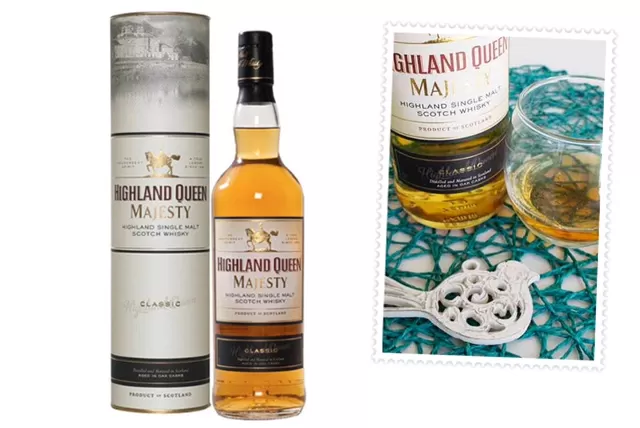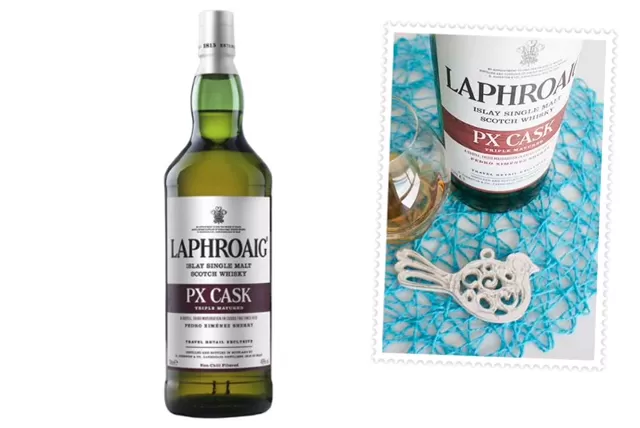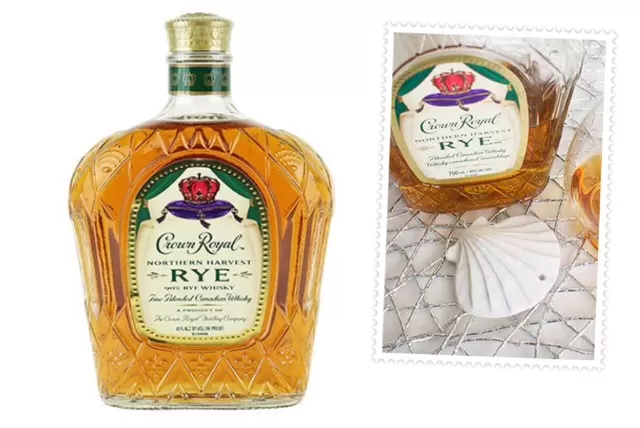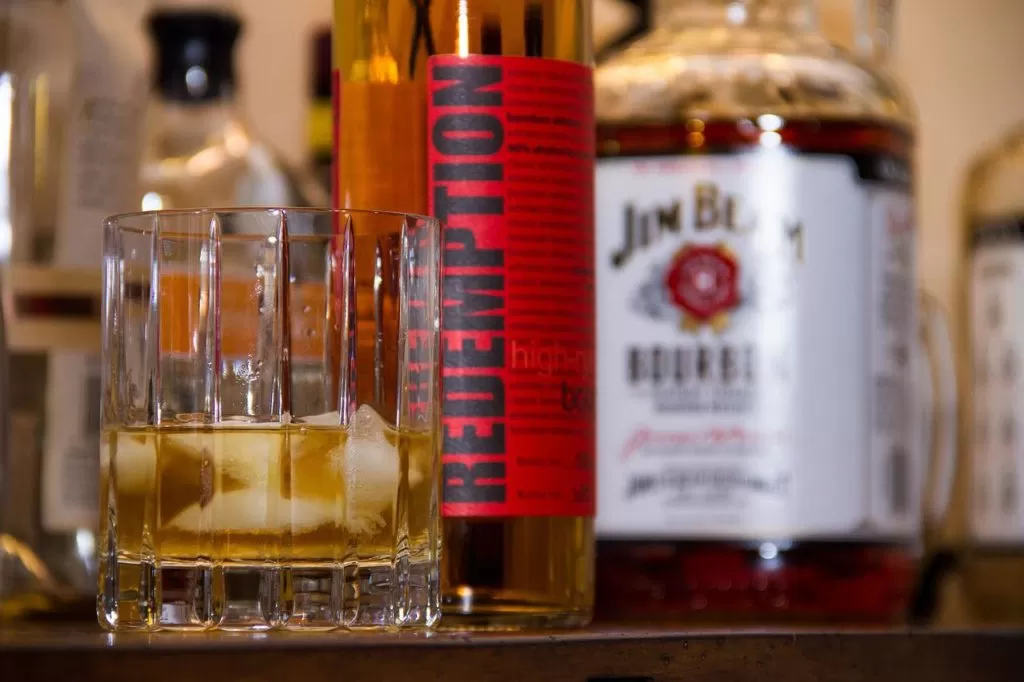Johnnie Walker Gold Label 18 year old Whisky
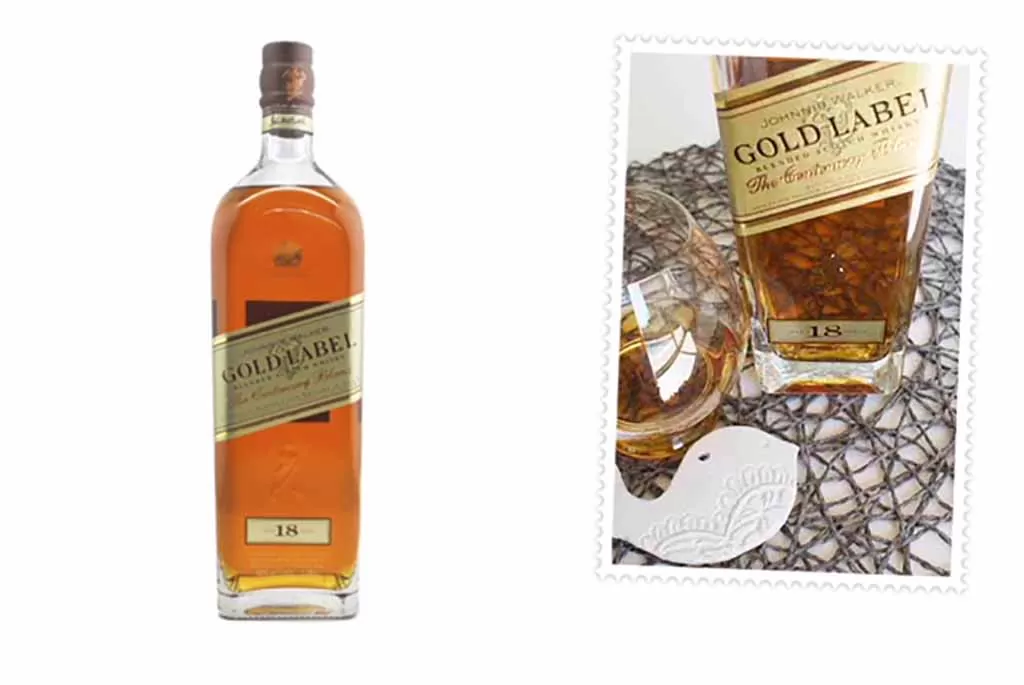
In my collection, there are a few open bottles that I have not written about yet. One of them is nearly empty – the Johnnie Walker Gold Label 18 year old blended Scotch whisky. This release has been discontinued and replaced with something else, so I better capture the tasting notes quickly, while I still have something left to drink.
